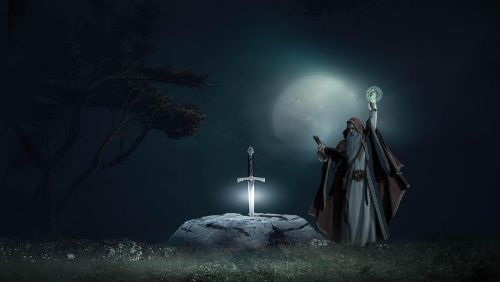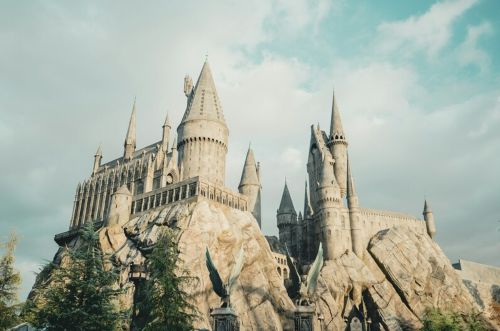

Wizards are a staple of what we’d bracket as the fantasy genre in modern media and even not-as-modern novels, but they were always a part of stories and tales in medieval Europe. Particularly in the case of Arthurian legends that spread across Britain, wizards were famously powerful and often wise beings who would assist in others reaching their vaunted destinies.
The archetype that we know today as the wizard character and wizard depiction spawned from medieval times. While more modern creatives have expanded what it means to be a wizard, the staple elements remain. So here, we’re looking at this medieval portrayal of wizards, as well as how this has persisted and even been tweaked a little in modern stories.
Medieval Wizards and Their Powers
There’s a strong chance that, if you tell a group of people to write down the main aspects of a wizard, most of what’s written down will be the same. Typically, these key elements will include wearing robes, having a long beard, possibly having a large and pointed hat, being able to use magic, and having a staff, orb, or wand to channel that magic.
It’s a depiction that was forged in medieval stories and remains prevalent to this day. In fact, you can see this mostly being met across the three recent renditions of Merlin all found among the top pokies available online. Magic Merlin Megaways and Power of Merlin Megaways offer the classic depiction.
You see an old gentleman wielding magic, holding a staff, boasting a hefty grey beard, and wearing a pointed hat and robes. In Merlin: Journey of Flame, the designers have wound it back as a kind of early-days Merlin, with a younger gentleman still sporting robes and a staff and the beginnings of a mighty beard.
However, while these are aesthetically similar to how Merlin and other lesser-known wizards are depicted, they’re not quite in line with the character’s place. Merlin, although a very powerful sorcerer with supernatural abilities, was often a friend, mentor, and advisor to King Arthur, rather than the main character, and sometimes even a hermit.
Medieval Wizards Continue to Influence

Easily the two most famous depictions of wizards in modern media have spawned from what was once Merlin’s home, Britain. Gandalf from J.R.R. Tolkien’s Middle-earth stories holds very true to the medieval archetype, while J.K. Rowling’s Harry Potter characters put a bit of a spin on the model, with the exception of one character.
Albus Dumbledore is very Merlin-esque. The head teacher of Hogwarts is always there to offer advice to the main character and even cast some powerful magical spells when necessary. His place is to guide the chosen one, but he’s also one of the most enigmatic characters in the story. While set in the modern day, even these wizards wear robes, channel spells through wands, and emphasize the utility of wisdom.
In both of these instances, wizards can also turn from being on the side of good to being lured into the draw of dark power. Saruman and Voldemort are both incredibly talented wielders of magic, sport much of the classic attire, but turn away from the path of wisdom to indulge in their own potential.
The portrayal of wizards was popularised by the medieval tales of Arthurian legend with Merlin, and even now, hundreds of years later, modern media still falls back on this classic archetype.


